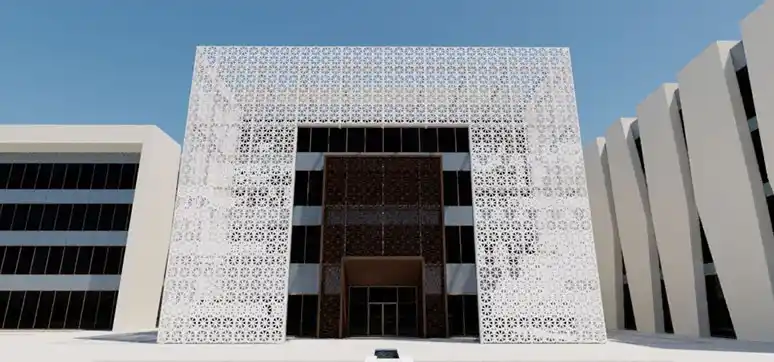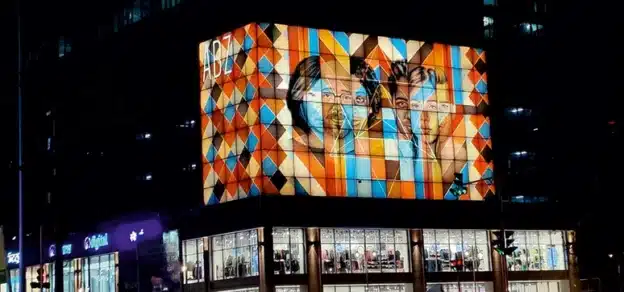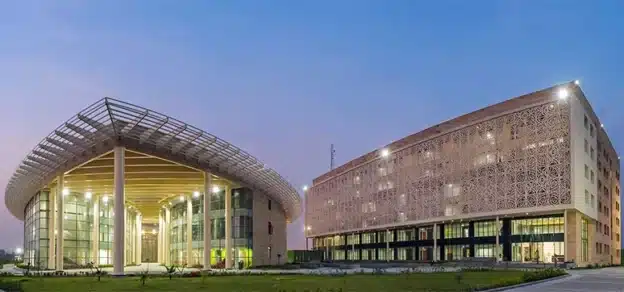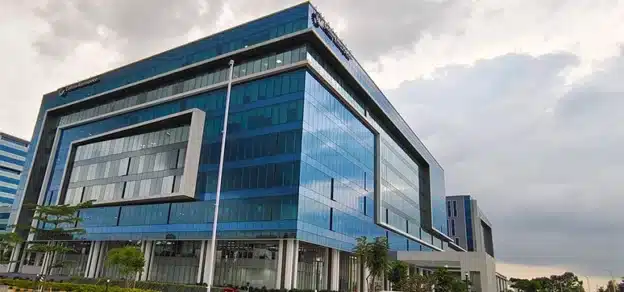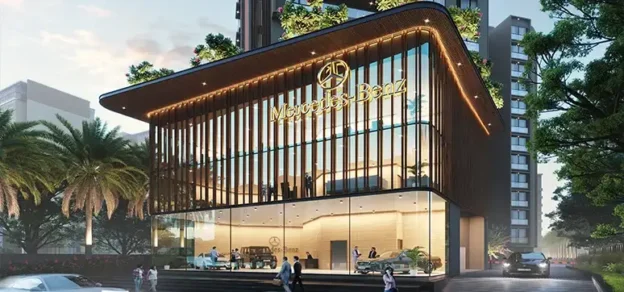Building Information Modelling (BIM) is the use of a shared digital representation of a built asset to facilitate design, construction, and operation processes to form a reliable basis for decisions as per the ISO-19650 Part 1 definition.
The advantages that the BIM process and tools bring to asset owners, architects, engineers, project managers and constructors are extensive, they can explore and analyse the planned asset internally and externally before one sod of earth is turned. Master plans, infrastructure, buildings and landscape assets and the drawings produced to materialise its ideas, can be sometimes difficult to read, analyse and understand to make the appropriate decisions during the lifecycle of the asset.
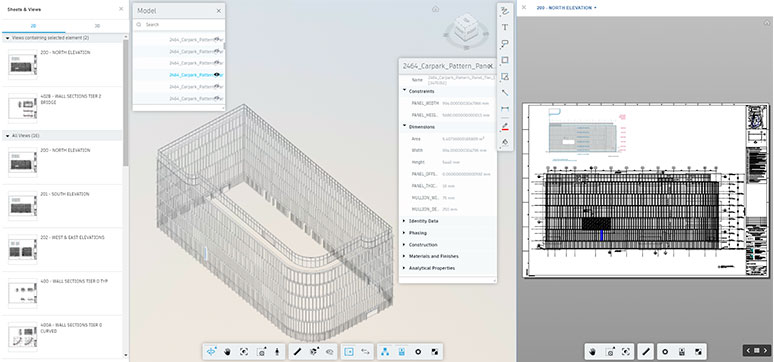
3D visualization, including virtual reality and augmented reality, of a project, allows users to see the project in a more natural environment, regardless of the professional background. Clash detection and 3D coordination bring greater quality and more effective collaboration during design and construction. Linking projects to the construction programs provides an ability to virtually see the project’s construction, past, present, and future.
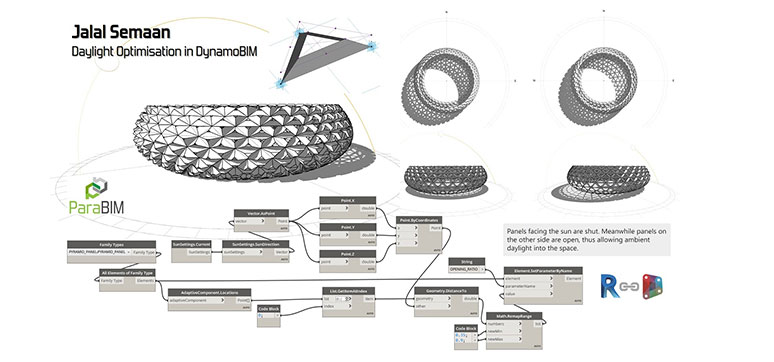
All of these outcomes and others not mentioned combined, provide a better environment for all project stakeholders which encourages more in-depth collaboration, communication and information exchange to achieve an informed decision-making process. The BIM technological process brings about the following main advantages and benefits:
• BIM visualisation enables a better understanding of the proposed design
• Consistent and integrated information
• Fewer changes in the construction phase
• In-depth energy analysis and building performance
• Multidisciplinary collaboration and efficient design and leaner construction
• Reduction of Requests for Information (RFI’s)
• Fewer errors and omissions in the design process
• Elimination of abortive work
• Reduced risk of increased costs and change control
• Smoother transition to operations and facility management BIM is about more discipline and not more work, providing the correct information at the correct time, doing the work once, doing it right and enabling those downstream to use the information effectively and efficiently saving time and costs with less waste being created.
DESIGN ITERATIONS AND PRODUCTION
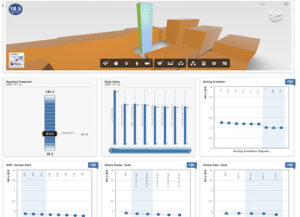
In every project, there are multiple iterations throughout the design process in order to achieve the desired outcome and to provide different design options to the asset owner. BIM authoring tools can assist to make that workflow more efficient, faster and provide more insights to evaluate them accordingly. Based on the understanding of working on a 3D parametric model which can be accessed simultaneously by multiple users, it can be created several options within minutes without losing any of the options designed and with the ability to compare and analyse them to make informed decisions.
Given that the production of the drawings is extracted from the 3D model developed, any changes or updates done in the geometry That is achieved due to the nature of working not only with geometry but with data as well, which will drive the creation of parametric elements that can be easily updated and provide a quick interaction during the design process. We cannot, therefore, think of being able to be efficient and responsive, without using BIM authoring tools to achieve better and more sustainable curtain wall systems throughout the project lifecycle and as the outcome. Energy analysis and building performance study
COORDINATION AND COLLABORATION

Similarly to any other stakeholder involved in the project lifecycle, façade engineering is one of the building components which needs coordination with other parties like architects for space planning and code compliance, or structural engineers to coordinate the loads and location of elements, or MEP engineers to arrange openings or other features required to ensure correct compliance with MEP equipment location and ventilation needs, or with sustainability in order to ensure that the energy consumption and other standards requirements are met. Given all of the above stakeholders involved, it is critical to communicate and coordinate effectively. BIM processes ensure that the coordination is effective and there is a communication exchange workflow using a common data environment, which will be the single source of truth for all the data exchanged.
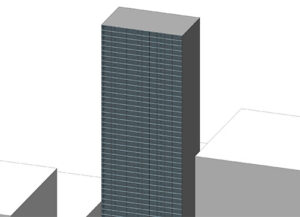
The 3D coordination of the design is enhanced as teams work collaboratively using a shared model which is checked and approved by other task teams involved so that the Façade model can be developed referencing other discipline’s models. As new iterations of the shared models are produced, a federated model is created in order to aggregate all the 3D models into a combined model and to perform a clash detection to automatically detect elements clashing with each other based on a set of rules agreed and defined.
QUANTIFICATION-COST ANALYSIS AND PLANNING AND SEQUENCING
BIM authoring tools are live information databases. Information on quantities can be utilised for evaluating the embodied carbon within the proposed components. Different concepts can be compared to an early design stage. Populated BIM libraries, with suppliers’ information, can be used to evaluate overall buildings’ materials and environmental aspects, rather than on component by component basis. BIM libraries can also be used for reducing construction waste, by evaluating which systems could be manufactured off-site within a controlled environment.
BIM can work in parallel with market-available computational project management tools. Such as Creating Curtain Wall options during design iteration Coordination and collaboration in complex geometries tools have capabilities in allowing extraction of time variables for the construction of various building elements. This combination of time and component information can be used to improve the operations on site and to reduce the overall energy use on active sites and optimization of waste management by applying just-in-time principles.
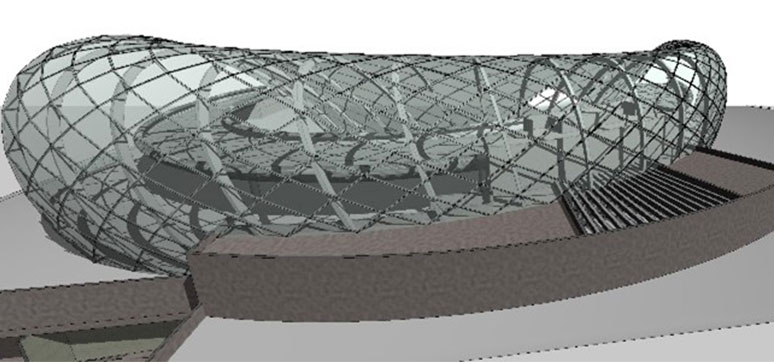
OPTIMISATION OF RANDOMISATION WITH GENERATIVE DESIGN
We can define generative design as a collaborative design process between people and technology. During this workflow, the user defines the design parameters and the hardware produces design studies (alternatives), evaluates them against quantifiable goals set by the user, improves the studies by using results from previous ones and feedback from the user, and ranks the results based on how well they achieve the user’s original objectives.
Therefore, using the generative design we could set for example, as an objective to maximise the number of typical curtain wall panels, optimise the curtain wall shades orientation, or minimise the energy consumption based on certain constraints, the use cases are endless and the limit is the level of optimisation required. Another use case, for using visual programming, which is the engine behind the generative design, is to randomise the position of curtain wall panels or to position a different panel type based on an attractor point. All of these different cases could be used as well for analysis and to make informed decisions despite being randomised.
ENERGY ANALYSIS AND BUILDING PERFORMANCE
In the AEC industry, we are all committed to improving and optimising the environmental Large scale façade modelling and documentation Panels randomization for lighting studies conditions, design, reduction of waste, undertaking carbon accounting and supporting operations, among others. BIM tools can be used as a live platform where teams are working in parallel to optimise the design and provide time and cost benefits to any project, regardless of their scale or complexity.
BIM tools allow us to quickly implement design changes to be assessed against various environmental parameters to achieve your sustainability goals
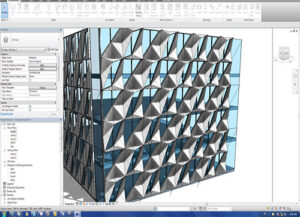
and reporting requirements. Commercial software in thermal energy simulation, energy consumption assessment, assessment of environmental conditions and computational fluid dynamics are commonly used as part of the design development process.
You will discover intuitive, outcome-driven insight into energy and environmental optimisation, from design to operation with the BIM parametric modelling capabilities, which can be used for the examination of various concepts of the design, modelled faster and more efficiently. Real-time feedback can be visualized and interacted with key performance indicators, factors, and ranges to help make better design decisions. Using daylighting analysis, we can simulate, calculate, and visualize key daylighting metrics, like daylight autonomy and annual sunlight exposure. Also, we could analyze the total building heating and cooling load calculations.
